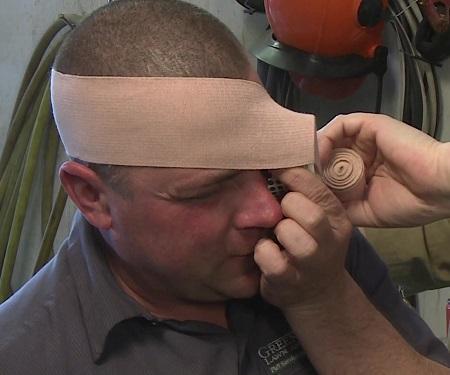In the early 1970s, the first population-based and emergency room-based injury surveillance system was implemented in the United States. This system, initially implemented in Massachusetts and Ohio, was designed to collect data on injuries and accidents to better understand the causes and patterns of these events and to develop strategies for preventing them.
Injury surveillance systems are designed to monitor and track the incidence of injuries and accidents in a population. These systems typically collect data from various sources, including hospitals, emergency rooms, and other healthcare facilities, to create a comprehensive picture of injuries in a given area. This data can then be used to identify trends and patterns and to develop interventions and strategies to prevent injuries and accidents.
The implementation of the first population-based and emergency room-based injury surveillance system in Massachusetts and Ohio represented an important milestone in the field of injury prevention. Before this time, data on injuries and accidents were limited and often unreliable, making it difficult to identify the causes and patterns of these events. The implementation of this system provided a more comprehensive and accurate picture of injuries and accidents and allowed for more effective injury prevention efforts.
The injury surveillance system in Massachusetts and Ohio was initially implemented as a pilot project. Still, it was eventually expanded to include additional states and to cover a broader range of injuries. The success of this system led to the development of similar systems in other parts of the country. It helped to establish injury surveillance as a key tool in the field of injury prevention.
Overall, the implementation of the first population-based and emergency room-based injury surveillance system in Massachusetts and Ohio was an important milestone in the field










